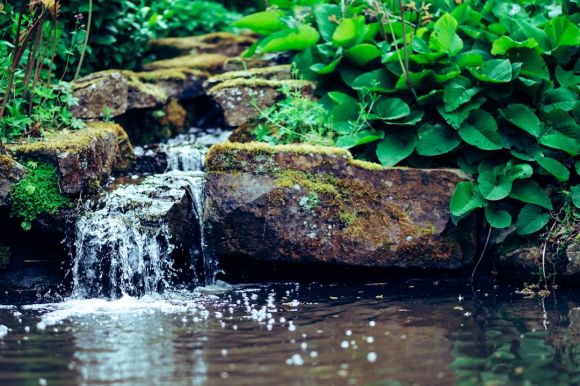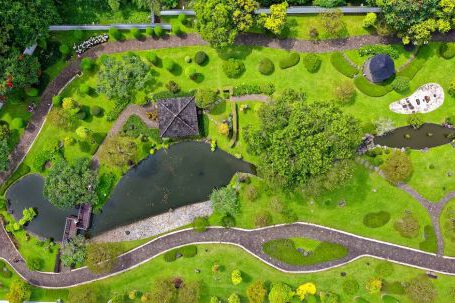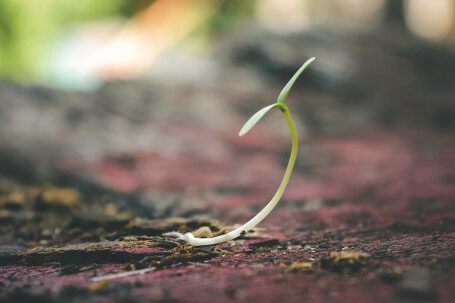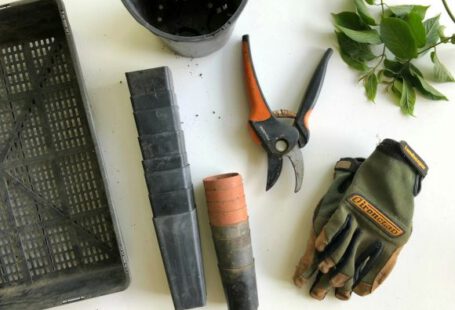Greywater, which is the relatively clean wastewater from sources such as laundry machines, showers, and sinks, can be a valuable resource for watering plants in your garden. Not only does reusing greywater help conserve water, but it also reduces the burden on municipal sewage systems. However, it is essential to use greywater safely to ensure it does not harm your plants, soil, or the environment. In this article, we will explore some essential guidelines on how to use greywater safely in the garden.
1. Choose the Right Greywater
When it comes to reusing greywater, it is crucial to use only water that is safe for your plants. Greywater from sources such as dishwashers, toilets, and kitchen sinks should be avoided as it may contain harmful chemicals or pathogens. Instead, focus on collecting greywater from sources like showers, bathtubs, and laundry machines, as these typically contain fewer contaminants.
2. Use Biodegradable Products
To ensure the safety of your plants and soil, it is advisable to use biodegradable and environmentally-friendly soaps and detergents. Avoid products that contain bleach, boron, or high levels of sodium, as these can damage plants and affect soil quality. Look for products specifically labeled as greywater-friendly or suitable for use in gardens.
3. Avoid Direct Contact
Greywater should never come into direct contact with edible parts of plants or be used on root crops that are consumed raw. Instead, focus on using greywater for non-edible plants, such as ornamental plants, shrubs, or trees. If you do use greywater on edible plants, make sure to apply it directly to the soil, avoiding any contact with the plant’s leaves or fruits.
4. Dilute and Filter
To further reduce the risk of harmful effects on plants and soil, it is recommended to dilute and filter greywater before using it in the garden. Diluting greywater with fresh water helps to lower the concentration of potential contaminants. Additionally, filtering greywater through a simple system, such as a mulch basin or a sand filter, can remove any remaining particles or impurities.
5. Apply Greywater Properly
When applying greywater to your garden, it is essential to do so in a manner that minimizes the risk of waterlogging or over-irrigation. Greywater should be applied evenly across the garden, avoiding pooling or runoff. Consider using efficient irrigation methods such as drip irrigation or a soaker hose to ensure that water is delivered directly to the soil and plant roots.
6. Monitor Soil Health
Regularly monitor the health of your soil when using greywater in the garden. Over time, greywater may affect the soil’s pH levels and nutrient balance. It is advisable to periodically test the soil and make any necessary adjustments to maintain optimal conditions for plant growth. Adding organic matter, such as compost, can help improve soil structure and fertility.
In conclusion, greywater can be a valuable resource for watering plants in your garden, but it is essential to use it safely and responsibly. By following the guidelines mentioned above, you can ensure that your greywater use does not harm your plants, soil, or the environment. Remember to choose the right greywater, use biodegradable products, avoid direct contact with edible parts of plants, dilute and filter the water, apply it properly, and monitor soil health. With these precautions in place, you can make the most of greywater while maintaining a healthy and thriving garden.





